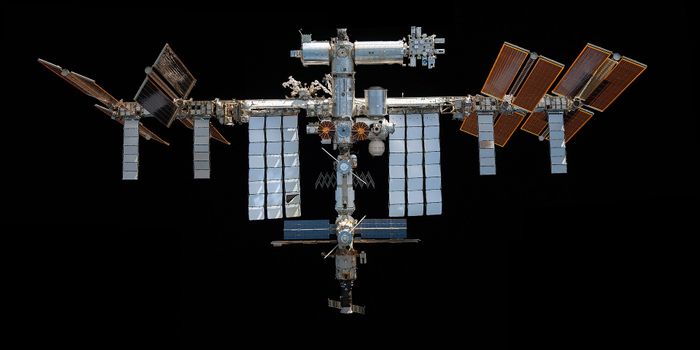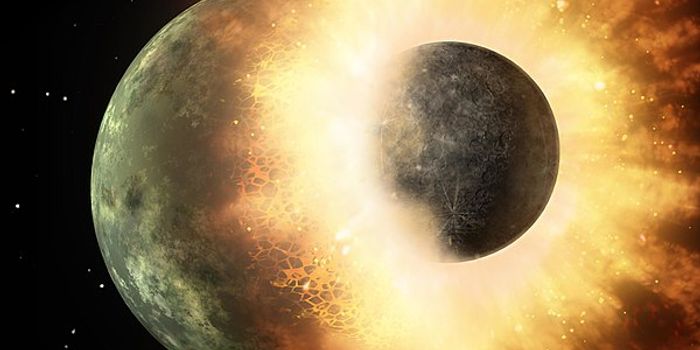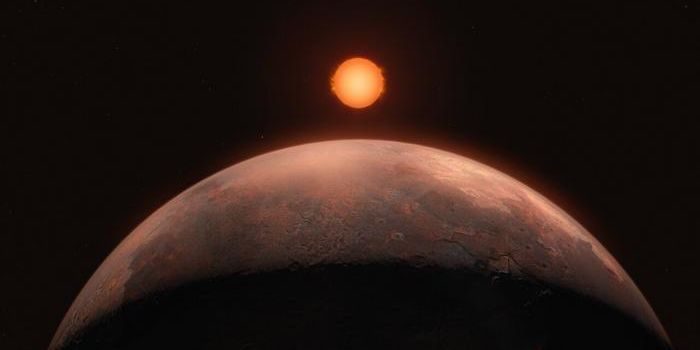SpaceX to Send Astronauts to the ISS for the First Time in May
NASA’s Commercial Crew Program opened the door to the possibility that American commercial space companies like Boeing and SpaceX would be able to take on the burden of bringing crewed space launches back to American soil; doing so would virtually eliminate the United States’ dependence on Russia to send astronauts to and from the International Space Station. Now, we’re closer than ever to such a precedent.
Image Credit: NASA/SpaceX
NASA and SpaceX each have taken to the internet to announce that a crewed SpaceX Dragon spacecraft will ferry two American astronauts to the International Space Station and back sometime in mid-to-late May in what’s being called the SpaceX Demo-2 flight test. The two lucky astronauts partaking in the launch will be Doug Hurley and Bob Behnken, pictured above.
The launch will be conducted at Launch Complex 39 at NASA’s Kennedy Space Center in Florida, and while SpaceX’s Dragon spacecraft has docked with the International Space Station during general resupply missions before, this will be the first time it carries a living crew there.
Related: Why NASA needs another space station orbiting the Moon
In addition to setting a precedent for SpaceX, this launch will also mark the first time that American astronauts blast off for space from an American launchpad since the final Space Shuttle mission took off on July 8, 2011. Perhaps unsurprisingly, the SpaceX Dragon spacecraft will be perched atop a SpaceX Falcon 9 rocket, which will take the spacecraft to an acceptable altitude before falling back to Earth.
According to NASA, the Demo-2 flight test launch will be an end-to-end demonstration mission. This means that Dragon will conduct all the procedures that it normally would under operational circumstances, albeit with a living crew onboard. For those unaware, this comprises of a launch, a docking with the International Space Station, a splashdown back on Earth, and a full-fledged recovery effort of the returned spacecraft.
Related: SpaceX's starship could be a game-changer for deep space travel
It remains to be seen if the circumstances surrounding COVID-19 will impact the targeted launch date, but as of now, NASA has started inviting media partners to witness and capture the historic launch on video.
Source: NASA via SpaceX (Twitter)









